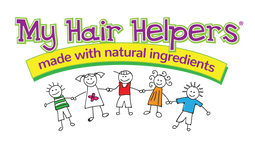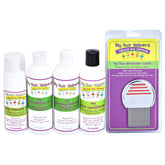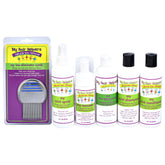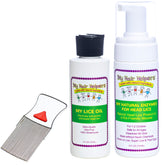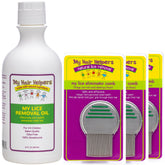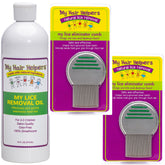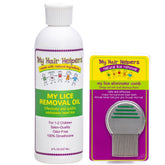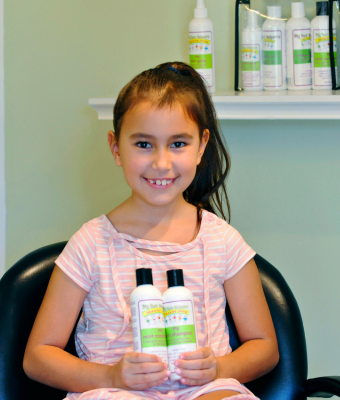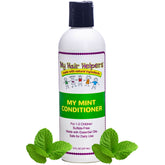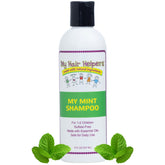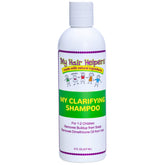CAN YOU BE ASYMPTOMATIC WITH HEAD LICE?

Head lice infestations are often associated with itching, discomfort, and visible lice or nits (eggs) in the hair, but is it possible to have lice and not experience any symptoms?
The short answer is yes—some people can be asymptomatic carriers of head lice, meaning they have an infestation without noticeable symptoms. This can definitely put a wrench into things, so let’s look closer at why some people don’t have symptoms and the importance of “taking a peek each week!”
Why Are Some People Asymptomatic with Head Lice?
Several factors can contribute to an absence of symptoms despite having head lice:
Lack of Sensitivity to Lice Bites
Head lice feed on tiny amounts of blood from the scalp. Their bites can cause an allergic reaction in some people, leading to itchiness and irritation. However, just like with mosquito bites, some individuals have a lower sensitivity or no allergic reaction to lice saliva, making them less likely to feel itchy.
Early Stages of Infestation
If someone just recently contracted lice, they may not show symptoms right away. It can take weeks before itching or irritation develops. This is because the immune system needs time to recognize and react to the presence of lice.
Low Lice Population
A small number of lice in the hair may not cause significant discomfort. If there are only a few lice present, they may not feed frequently enough to trigger notable itching. However, lice reproduce quickly, so a mild infestation can soon become more noticeable.
Frequent Hair Washing or Grooming
Although lice are not easily washed away with regular shampooing, individuals who maintain good scalp hygiene and frequent hair brushing might unknowingly remove some lice or eggs before symptoms develop.
Can Asymptomatic Carriers Spread Lice?
Yes! Even if someone doesn’t experience symptoms, they can still spread lice to others through head-to-head contact, sharing personal items, and close-contact activities like hugging, playing, or lying next to someone. Since lice crawl but do not jump or fly, direct contact is usually necessary for transmission.
How to Check for Head Lice (Even Without Symptoms)
Because some people don’t show signs of lice, regular checks are important, especially in schools, families, or day cares where lice are common. Even without symptoms, head lice infestations are very visual. Here’s how to check:
- Use a fine-tooth lice comb on dry or damp hair, starting at the scalp and pulling through to the ends.
- Look for live lice—they are small, brownish insects that move quickly.
- Check for nits (eggs)—tiny white or tan specks attached close to the scalp, often around the nape of the neck and behind the ears.
- Inspect frequently if someone in your household or close circle has lice, even if no one is itching.
Should You Apply Lice Products if You Don’t Have Symptoms?
Absolutely. Even without symptoms, lice solutions are necessary to prevent spreading lice to others. Effective methods include anti-lice shampoos and dimethicone lice oils, natural enzymes to loosen nit glue, and the comb-through method using a fine-tooth lice comb. Lice also hate the smell of mint, so using mint defense products can help keep lice away. Additionally, wash or vacuum bedding, brushes, and hats to reduce the chance of reinfestation.
Final Thoughts
Yes, you can be asymptomatic with head lice, which makes regular head checks and preventive measures crucial, especially in high-risk environments like schools and childcare centers. Just because someone isn’t itching doesn’t mean they are lice-free—so staying vigilant is key to stopping the spread!
